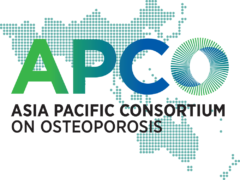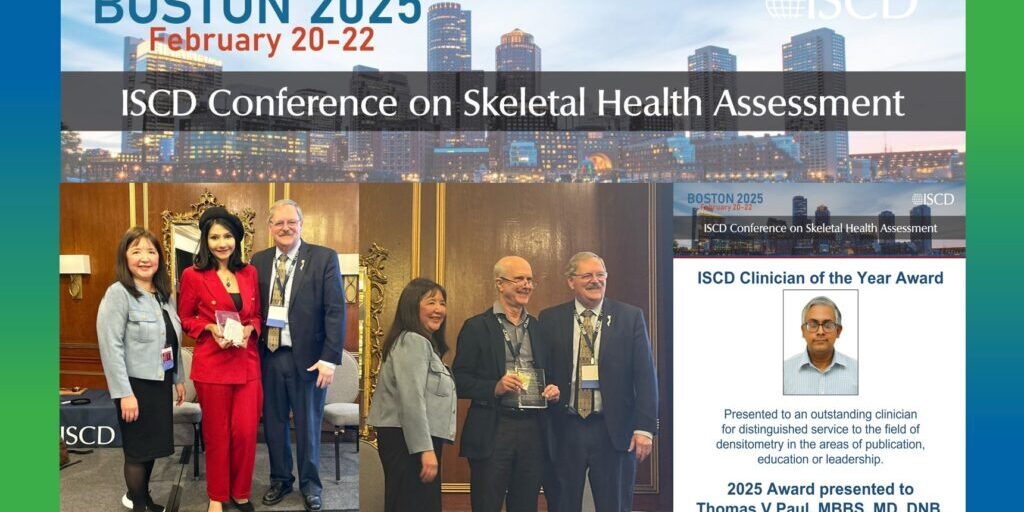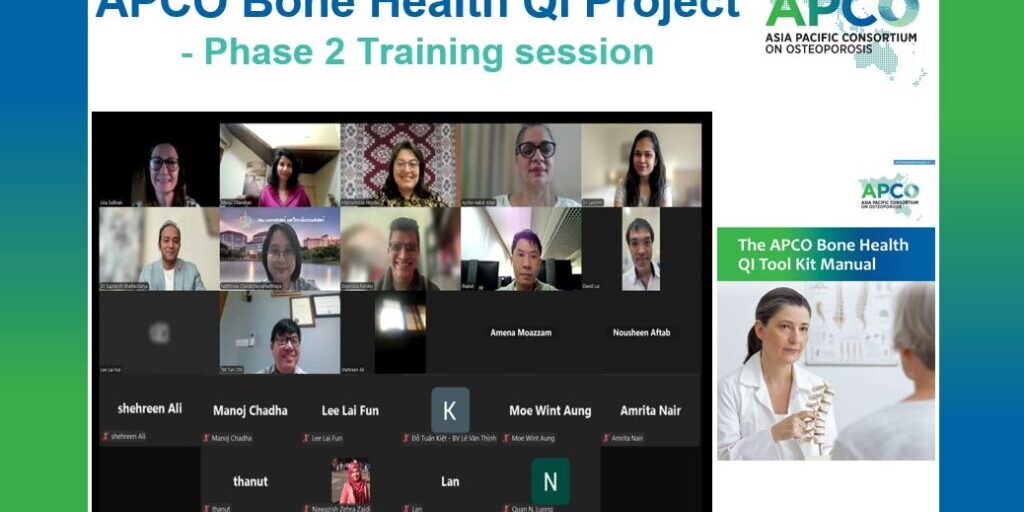Health measures targeted at an individual level may have a significant impact on preventing hip fractures in the larger community.
Hip fracture is a major health concern affecting 1.6 million individuals around the world every year. Patients with hip fractures often have reduced mobility, significant healthcare costs, and deteriorated quality of life. More importantly, a hip fracture is deadly for many seniors. Between 20% and 30% of hip fracture patients die within 1 year after the event [1].
People with osteoporosis have the highest risk of hip fracture. Treating these osteoporotic individuals results in an increase in bone density and a reduction of fracture risk by approximately 50%. There is also evidence that treating hip fracture patients could reduce their risk of mortality.

Targeting high-risk individuals (those with osteoporosis) however, only yields modest benefits. About ~20% of women aged 50 years and older have osteoporosis, and this group accounts for approximately 40% of all hip fracture cases. Though treating these individuals is expected to reduce ~25% of hip fractures in the general population, in a recent study published in the Journal of Bone and Mineral Research [2], APCO EXCO member Prof Tuan Nguyen and his colleagues put forward the notion that we should focus on reducing the risk of fractures in those with osteopenia. This is because most hip fractures (60% in women and 70% in men) occur in these non-osteoporotic individuals.
Analysing data from the Dubbo Osteoporosis Epidemiology Study, Prof Nguyen and his colleagues found that between 1990 and 2000, bone mineral density increased on average by 3%. Nevertheless, during the same period, there was a 45% decrease in hip fractures in the larger population, a decline typically associated with a 10% rise in bone mineral density. This phenomenon can be described as a ‘prevention paradox’ i.e, a small increase in bone density leading to a substantial reduction in hip fractures.

This paradox can be explained by drawing a parallel with the act of wearing a car seatbelt. Wearing a car seatbelt might bring little benefit to an individual because the probability of having a car accident is very low, but we know that seatbelts do save lives in the community.
This prevention paradox has been known for decades. Approximately 40 years ago, the prominent British epidemiologist Geoffrey Rose, drawing from real-world data, put forward the idea that minor changes in an important risk factor (like cholesterol) at the individual level can lead to substantial changes in disease outcomes (such as cardiovascular disease).

Similarly, measures that modestly improve bone mineral density can result in a large reduction in hip fractures in the community. Implementing smoking cessation, ensuring adequate intake of calcium and vitamin D, and engaging in regular physical activity are universally applicable measures that can lead to a greater reduction in hip fractures.
Customizing this lifestyle adjustment according to each individual’s needs not only benefits the individual but also indirectly contributes to the broader community. When an individual volunteers for vaccination, the individual does community service. Similarly, a modification of lifestyle for preventing chronic diseases, including osteoporotic hip fractures, can also be viewed as a community service that any individual can perform!
The subject of the blog was provided by Prof Tuan Nguyen.
To read the full text of the article, click here.
Reference:
[1] Omsland, Tone K., et al. (2014). Mortality Following the First Hip Fracture in Norwegian Women and Men (1999–2008). A NOREPOS Study. Bone, vol. 63, Elsevier BV, June 2014, pp. 81–86. doi:10.1016/j.bone.2014.02.016.
[2] Tran, T. S., Ho‐Le, T. P., Bliuc, D., Center, J. R., Blank, R. D., & Nguyen, T. V. (2023). Prevention of hip fractures: Trade‐off between minor benefits to individuals and large benefits to the community. Journal of Bone and Mineral Research. https://doi.org/10.1002/jbmr.4907






